This reaction or "Scotch" turbine had as its antecedent the steam reaction wheel invented in Greek Alexandra by Hero around 100 B.C.. It found widespread hydraulic application in the United States from the beginning of the nineteenth century to mid-century when French-inspired hydraulic turbine design pushed reaction wheels into obsolence.
NJ
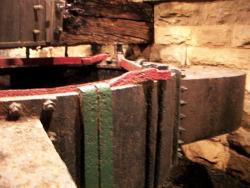
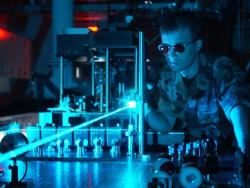
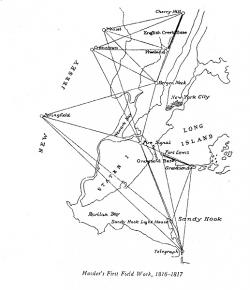
The precise system of measurements provided today by the U.S. Coast and Geodetic Survey originated with an act of Congress under the administration of Thomas Jefferson in 1807 that funded work on "an accurate chart" of America's coastal waters. Intended to aid sea-going commerce, the first work on this project, carried out in 1816 and 1817, helped establish a complex grid of geodetic reference points on which much of our land- and sea-based navigation now depends.
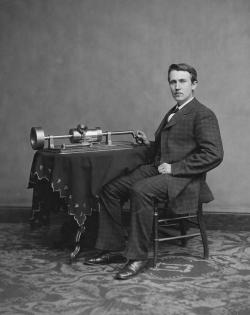
Edison's simple and unprecedented instrument allowed for the first time the permanent recording and reproduction of sound, especially the human voice. On December 6, 1877, Edison put tinfoil around the cylinder, turned the handle of the shaft and, shouting into one of the diaphragms, recorded a verse of Mary Had a Little Lamb "almost perfectly." From this machine evolved the phonographs and record industries of the world.
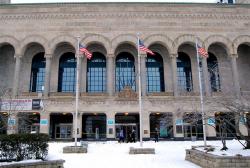
The quantities of materials used in the building are staggering: 12,000 tons of structural steel; 42,000 cubic yards of concrete - consisting of 65,000 barrels of cement and 25,000 tons of sand; 360,000 feet of piling; and 10,000,000 bricks. At the time of its construction, Atlantic City Municipal Convention Hall was believed to be the world's largest hall, capable of seating 40,000 people. It continues to serve as a meeting place for shows, pageants, sporting events, and conventions. It is a structure of heroic proportions.
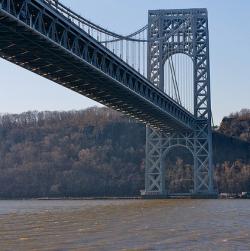
"An essential part of the human experience is to create an aesthetic atmosphere."
The George Washington Bridge represented a departure in suspension bridge design. Chief Engineer O.H. Ammann developed a system of stiffening trusses that offered greater flexibility and saved the project nearly $10 million. Initially, just six of the upper eight lanes were paved, but Ammann designed the bridge to easily accommodate a future lower level.
Swiss-born O.H. Ammann (1879-1965) was Chief Engineer for the Port Authority of New York and New Jersey during the bridge's construction.
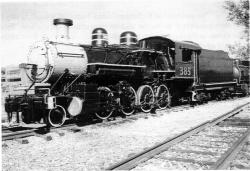
This collection of equipment—all of it maintained in operating condition and used for educational purposes—was established in 1987. It spans the period from the late 19th century to the 1940s, when steam was the prime motive force for most U.S. industries, including rail and marine transportation. The collection of about 25 items (mostly stationary steam) includes a locomotive, switcher, and steam tractor: Locomotive #385 Consolidation 2-8-0 designed for fast freight service was built by Baldwin Locomotive Works of Philadelphia in November 1907 for the Southern Railway.
Works of Philadelphia, PA in 1907 for the
Southern Railway. Now part of the Bergen County Steam CollectionEra_date_from: 1900s
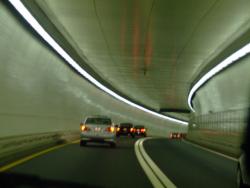
The 1.6-mile Holland Tunnel was the first underwater vehicular crossing of the Hudson River and the first tunnel specifically designed for automobiles and trucks. It dramatically reduced the time required to traverse the Hudson River, a trip previously possible only by ferry.
A major difficulty when tunneling beneath a river is to keep water and mud from inundating the workers and equipment in the tunnel. Builders of the Holland Tunnel used a shield that enveloped the work site as the excavation progressed; this also avoided obstruction of shipping traffic during construction.
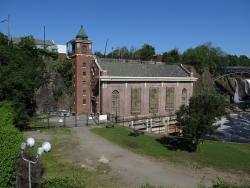
Visionary Alexander Hamilton, the United States' first Secretary of the Treasury, visited the Great Falls of the Passaic River with George Washington in 1778. The 77-foot-high, 280-foot-wide waterfall inspired his dream of abundant, inexpensive energy as the means for economic independence from foreign markets.


